Copyright 2020 - 2021 irantour.tours all right reserved
Designed by Behsazanhost
The most important temples of the Jews in Iran
The most important temples of the Jews in Iran
The vast territory of Iran has always been the host of the tribes and their follower from the past. These various religions have always had
Iranian Jews
Jews have lived for centuries in the Middle East, near the Tigris and Euphrates rivers. The extent of these religious minorities is generally from the Palestinian region to the eastern borders of Iran. The history of Jewish settlement in Iran is very old and the Jews of Iran have lived in Iran for over 2,700 years. The most important historical evidence of this accompaniment is the presence of synagogues and tombs belonging to them in different cities of Iran. The most important of these tombs are in the cities of Qazvin, Hamedan, Tuyserkan, Susa, and Isfahan. Judaism is one of the divine religions mentioned in the Muslim book(Qoran) and for this reason, they play a major role in the history and civilization of Iran. They have lived peacefully with Muslims for centuries. Cyrus the Great (founder of the Achaemenian Empire) is mentioned in Jewish books as the savior because he invaded Babylon and saved the Jews. Now the Iranian Jews like other minorities, have their own representatives in the Islamic Consultative Assembly of Iran and do their ceremonies freely.
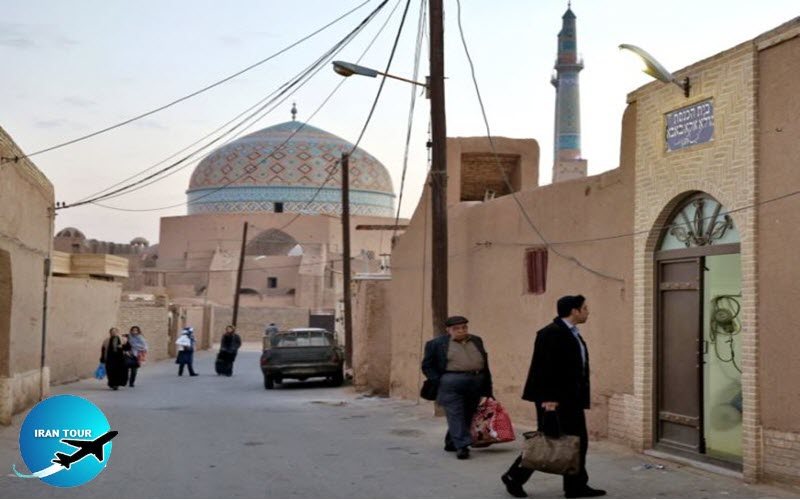 |
| Yazd Jewish synagogue |
You can see the Jewish tombs related to Judaism in different cities of Iran. The most famous of these places are located in cities like Qazvin, Hamadan, Tuyserkan, and Isfahan. These include the tomb of Esther and Mordechai in Hamadan, the tomb of Daniel in Susa, the tomb of Habakkuk in Tuyserkan, and the mausoleum of Peighambariyeh in Qazvin.
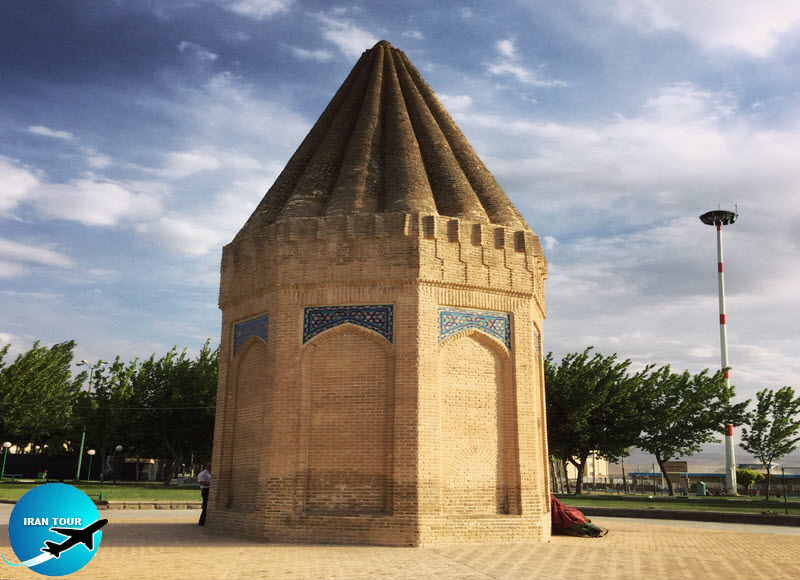 |
1- The shrine of Habakkuk in Toyserkan
The tomb of Habakkuk the prophet is located in the city of Tuyserkan, near Hamedan. This tomb is related to the Seljuk period and is like a circular tower with a conical roof. Habakkuk prophet is one of the twelve prophets of the Israelites, ( the descendants of Prophet Muus), he lived around 700 BC. He has a special religious position for the followers of Jews. He is also very important for Muslims. His name is mentioned in the Old Testament Tale. His name is also mentioned in some Muslim religious prayers. The final resting place of Habakkuk has claimed many locations.
Some Christian historians claimed relics of Habakkuk were found at Cela,
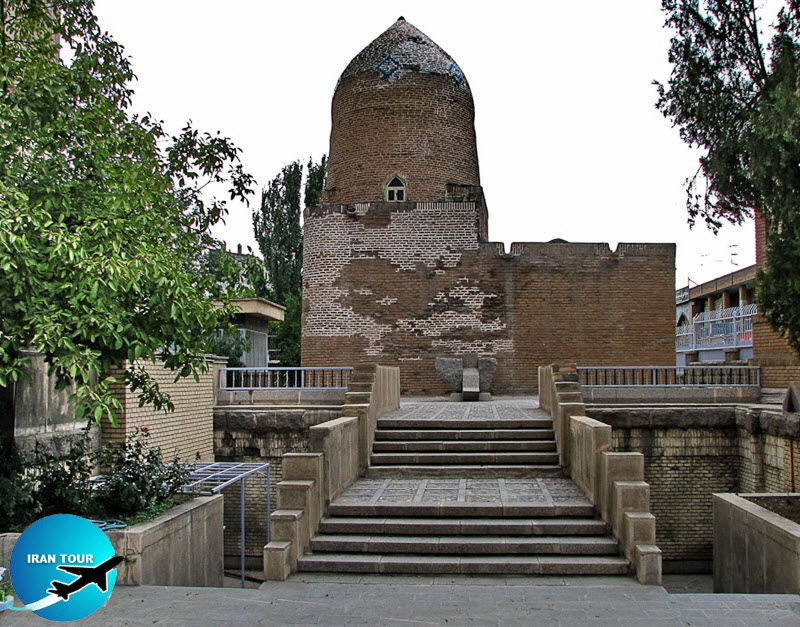 |
2- Tomb of Esther and Mordechai
The tomb of Esther and Mordechai is located in the city of Hamedan. This tomb is one of the most important Jewish shrines in Iran. A Jewish mausoleum where, the Jewish-Persians believe, Esther and Mordechai are buried. The first Jewish source is Benjamin de Tudela, who visited Hamadan and the tomb in the year 1067. According to him, there were 50,000 Jews living in Hamadan, where Esther and Mordechai were buried in front of a synagogue. The tomb of Esther and the tomb of Mordechai belong to the biblical
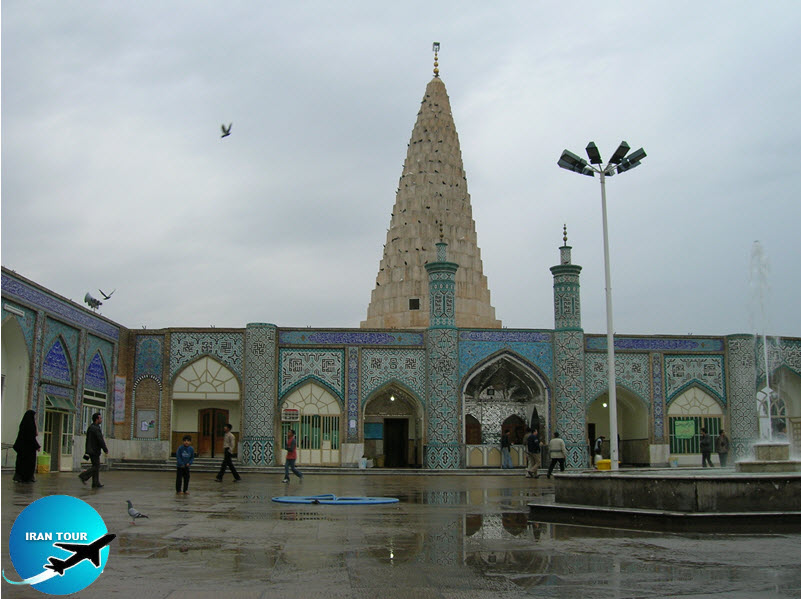 |
3- Daniel (Biblical figure)
The burial site of one of the most important Jewish prophets, Susa, Khuzestan province. Susa is mentioned in the Bible in the Book of Esther, and it is possible to walk through the remains of the ancient palace and identify locations from this Biblical story. There are different cities and places that claim to be the burial place of the biblical prophet Daniel, but the most
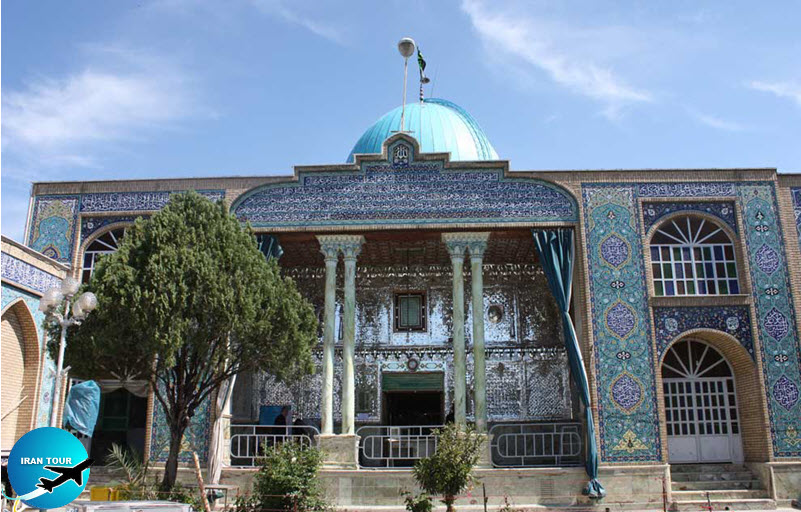 |
4- Peighambarieh
Peighambari mausoleum laid in Qazvin city which is one of the old cities of Iran. There is a tomb that the religious clergy and the common consider as the tomb of four Jewish prophets: Sahuli, Salam, Alqia, and Saloum called Chahar Anbia (four
- Details
- Category: IRAN Blog